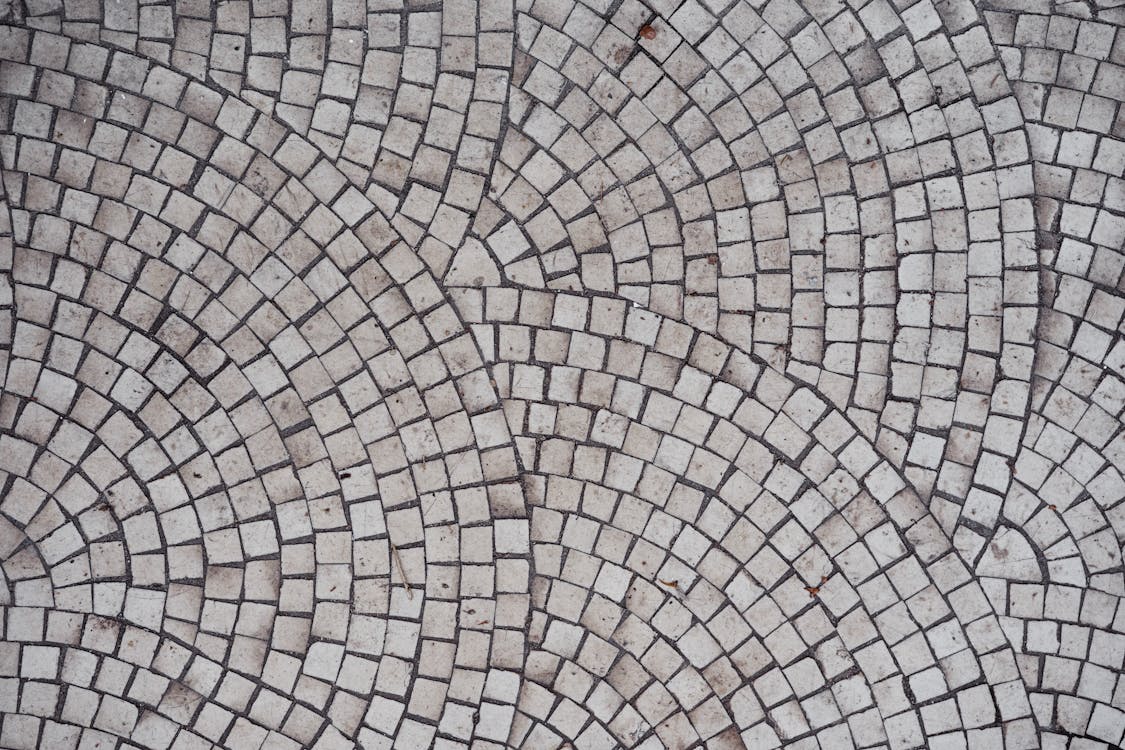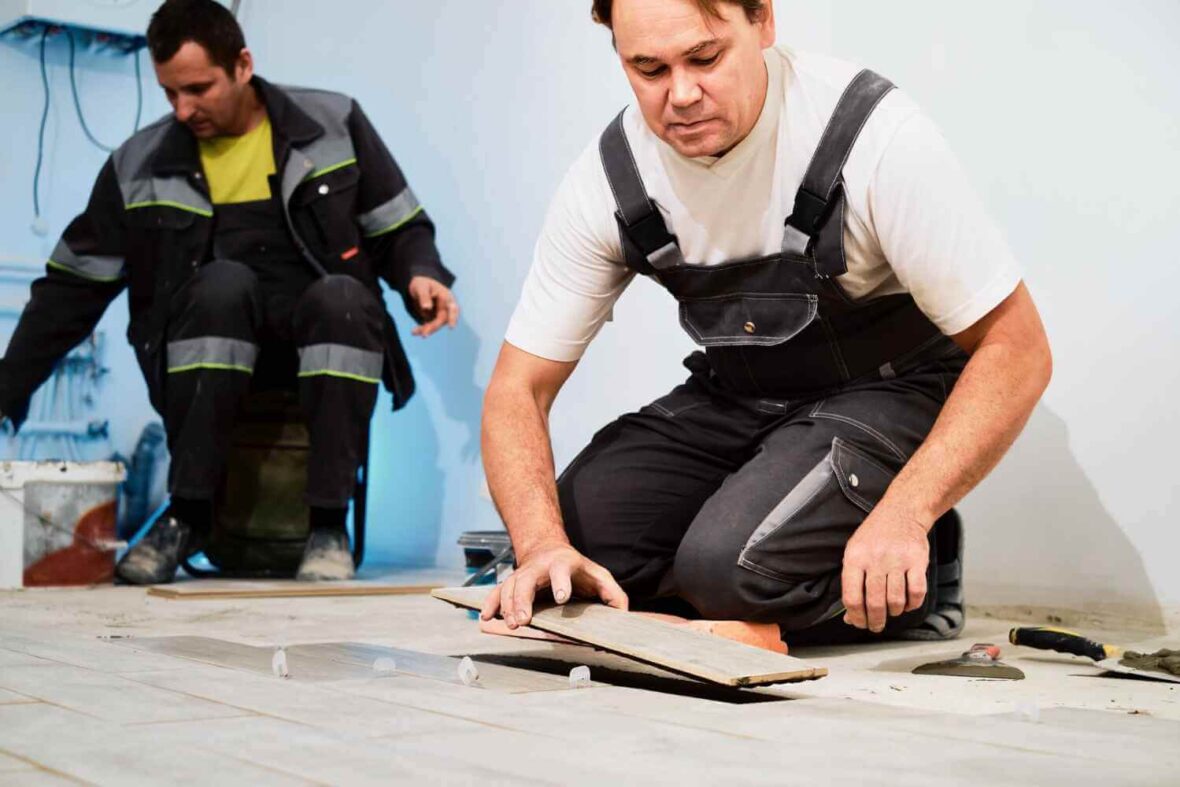If you plan to install tiles in your bathroom, kitchen, or any other wet area, you mustn’t underestimate the indispensable role of waterproofing. This paramount process involves applying a protective layer or membrane over the substrate to prevent water from seeping through and causing damage. The significance of waterproofing lies in its capacity to shield tiles, walls, floors, and fixtures from mould, mildew, and rot.
However, when initiating tiling and waterproofing, a conundrum prevails: how do you waterproof an area you want to tile? What are the best practices and products to use? We present five things you must know about tiling and waterproofing.
The Five Essentials of Tiling and Waterproofing
1. Choose suitable waterproofing material for your project.
Within the waterproofing market, there are diverse waterproofing products that warrant consideration. From liquid membranes and sheet membranes to cementitious coatings and epoxy coatings, they all have their unique merits and limitations. For instance:
- Liquid membranes are easy to apply and can conform to any shape, but they require multiple coats and added curing time.
- Sheet membranes exhibit unwavering durability and puncture resistance, but their installation around corners and edges can be tricky.
- While cementitious coatings are easily affordable and accessible, they are not suited for high-moisture areas making them crack easily.
- Epoxy coatings are strong and waterproof, yet their exorbitant cost and installation demands the expertise of a seasoned professional.
- Therefore, enlisting the ideal waterproofing product necessitates you ask counsel from an adept tiler or waterproofing specialist who can recommend the optimal option tailored to your unique project.
2. Prepare the surface before waterproofing.
Before applying any waterproofing product, you must ensure the surface is clean, dry, and free of defects. Any speck of dirt, dust, or loose debris may undermine the efficacy of the waterproofing product. If the surface is uneven, you may need to sand or level it with a device such as a power sander, supplemented by applying suitable fillers or sealants to seal any cracks or gaps.
3. Use appropriate equipment.
The successful application of any waterproofing product hinges on strict adherence to the manufacturer’s instructions. Therefore, you must follow mixing, application, drying, and curing stipulations to the latter. Ensure you use the appropriate tools and equipment, such as brushes, rollers, trowels, sprayers, and so on. Of course, you shouldn’t neglect protective gear such as gloves, goggles, masks, and protective clothing; this ensures you don’t come in contact with any toxic products.
4. Apply enough waterproofing products to cover the entire area.
One crucial pitfall to avoid while waterproofing is applying too little or too much product. The scanty application can result in insufficient coverage, while excess can cause poor adhesion. The ideal approach involves using just the right amount of product and spreading it uniformly with precise thickness to meet the manufacturer’s specifications.
5. Wait for the waterproofing product to cure before tiling.

Patience is an invaluable virtue when undertaking waterproofing. After applying the waterproofing product, a curing period must elapse for it to harden and form a steadfast bond with the surface you’re tiling. The curing time may vary depending on the product type, temperature, humidity, and ventilation.
Therefore, ensure you check the manufacturer’s instructions for the exact curing time for your waterproofing product. For added measure, perform a water test after curing to make sure that there are no leaks or defects in your waterproofing layer. Doing this will ensure you’ll have a strong and stable base for your tiles.
Conclusion
Achieving a successful tiling project is contingent on using appropriate waterproofing material tailored to the project’s unique demands. With a meticulously prepared surface and the use of proper tools, protective gear, and precise, uniform coverage, you can attain a formidable and stable foundation for the tiles being laid.
For those living in the U.K. needing basement waterproofing London professionals, London Property Preservation Ltd. has specialised in basement waterproofing services for over 15 years and employs expert professionals well-versed in the latest waterproofing techniques.




